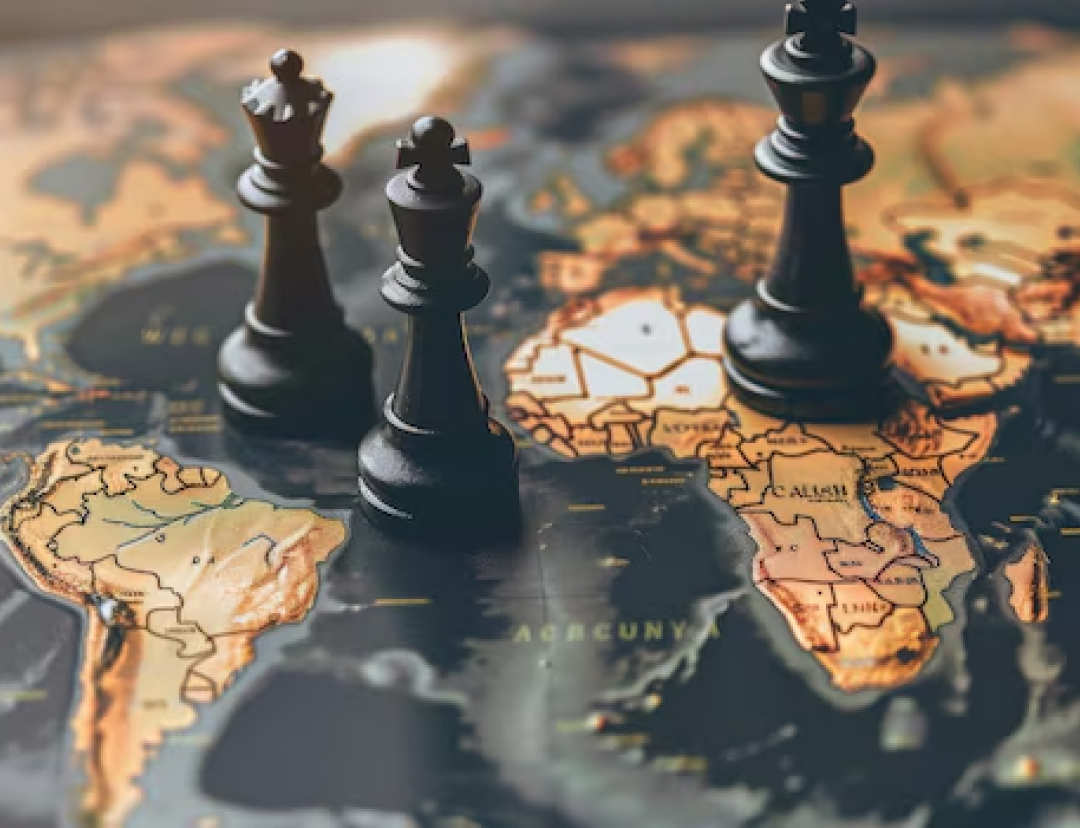As discussions surrounding the Ukraine conflict continue, some analysts believe a resolution may be on the horizon. Former President Donald Trump has been noted for emphasizing two key objectives for the West in this war. First, he argues that Russia must not be allowed to occupy and annex Ukraine. Such an action would enable Russia to reclaim significant territory lost after the Cold War, which led to the dissolution of the Soviet Union and the decline of international communism.
Ukraine is considered a strategically vital part of the former USSR, second only to Russia itself. Allowing Russia to conquer Ukraine would not only be a grave injustice but would also undermine the credibility of the Western Alliance, suggesting it could be disregarded by other aggressive nations.
The second objective, highlighted by Trump, is to support Ukraine without humiliating Russia to the extent that it becomes a long-term ally of China. Currently, Russia's economic power is limited, with a GDP smaller than Canada’s. Its standard of living has declined, and its population is shrinking. The Russian government is often described as corrupt, lacking effective political institutions.
The Russian military has faced significant challenges in Ukraine, capturing only a small portion of the country and suffering heavy casualties. Despite this, there are concerns that Russia could enter into a partnership with China, potentially relocating millions of its surplus population to Siberia. This would allow China to access valuable resources and could shift the balance of power in the region.
The geopolitical landscape is evolving, with the West seeking to expand its influence. Historically, the Western world included the United States, France, Great Britain, and parts of the British Commonwealth. Today, it encompasses much of Europe, the Americas, and parts of Asia and the Middle East. The end of the Cold War saw a significant eastward expansion of Western influence, and there are aspirations for this trend to continue.
While Russia has historical claims to parts of Ukraine, the country has demonstrated a strong desire for sovereignty. The situation is complex, with potential for compromise on borders that acknowledges both historical context and current realities. A non-aggression agreement between NATO and Russia could help stabilize the region and guarantee Ukraine's borders.
Former President Trump’s approach to NATO has transformed it into a more robust alliance, capable of providing substantial support to Ukraine. This shift allows for the sale of advanced military equipment to allies, which can then be supplied to Ukraine. The implications of this support could significantly impact the ongoing conflict.
As the situation develops, the dynamics between the U.S., NATO, and Russia will be crucial in determining the future of Ukraine and the broader geopolitical landscape.

 Canada News
Canada News

 Yahoo Canada
Yahoo Canada National Post
National Post Raw Story
Raw Story CBC News
CBC News Foreign Policy
Foreign Policy